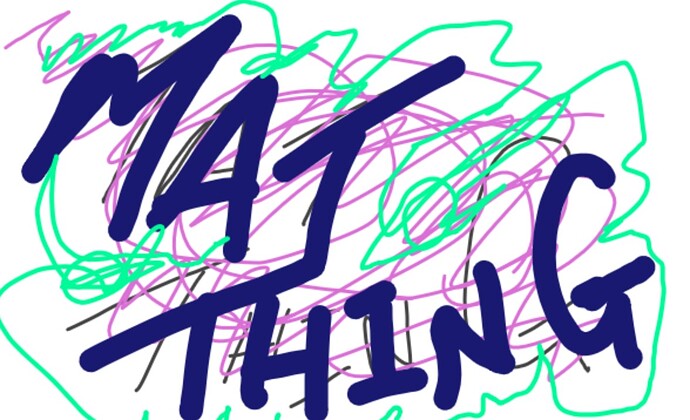My daughter Ella is ploughing through a long list of books that I’ve recommended to her - “These will give you perspectives on life and you’ll understand the world better… Just be sure to take notes along the way to remember stuff and connect ideas… One great tool for this is TW and I can set it up any way you need!”.
Well… IRL, things immediately hit a brick wall 
“Dad, how do I doodle in the notes?”
She’s right. If you take notes on paper and pen, it is glaringly obvious that we have a need to be able to doodle stuff and draw arrows and show things that are simply not text for efficient note taking. Our brains simply don’t think in pure text.
The drawing tool we have in TW is crude but, more problematically, it is not integrated well to actually use for note taking. Creating, say, a little sketch between two text paragraphs is a hassle even for experienced users. Adding a sketch next to a paragraph requires serious custom hacking, beyond wikitext. And to, say, encircle a word in your notes or to draw a line from a word in the text to the image is… well, just forget about it, it is not even possible.
Is decent doodling while taking notes just not something that should be possible in a tool that is a:
“unique non-linear notebook for capturing, organising and sharing complex information”
…?
Thoughts? Ideas? Opinions?


